Documentation Center

Educational articles and publications on trading and position sizing. Improve your trading and risk management skills.
Methodologies
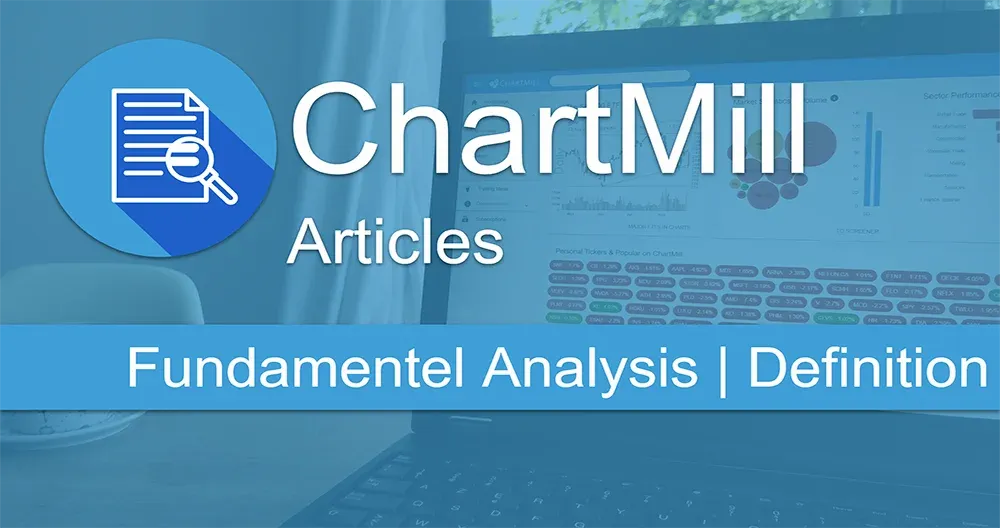
What is Fundamental Analysis?
Fundamental analysis is a method of determining the intrinsic value of an asset and analyzing the quantitative and qualitative elements that may influence its future price. For this purpose, the companies' financial statements and various financial ratios
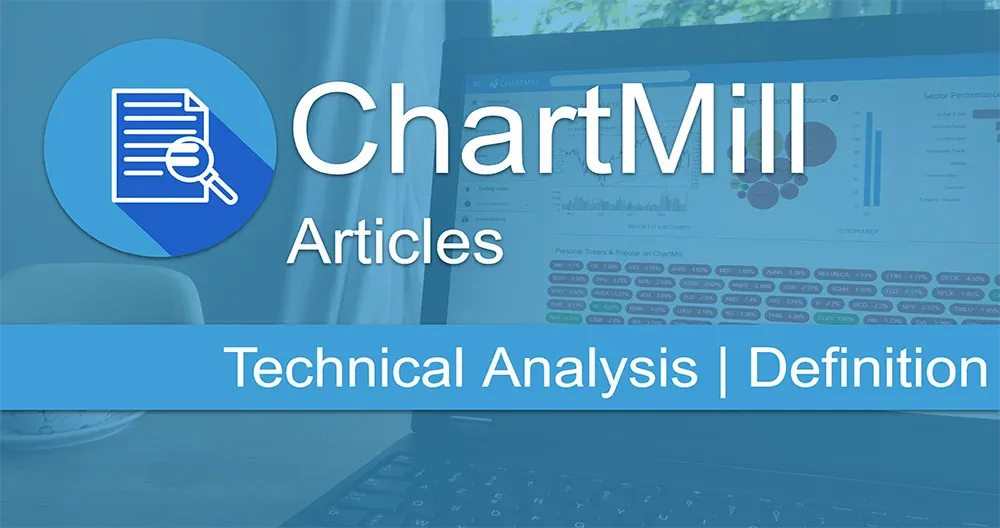
What is Technical Analysis?
Technical Analysis assumes that all information that can influence the value of a company is already incorporated into the stock price. Price trends, price patterns and support and resistance levels are then used to predict the future price.

Fundamental and technical analysis : A brief summary
Fundamental and technical analysis are both methods used to analyze companies with the intention of deciding what and/or when something is considered a good idea to buy or not.

What is Swing Trading?
Swing trading is an active trading strategy where positions are held for one to several days or weeks. The trader tries to anticipate, and profit from, a future price trend. It is used by traders in various financial markets, including stocks, forex, and commodities.
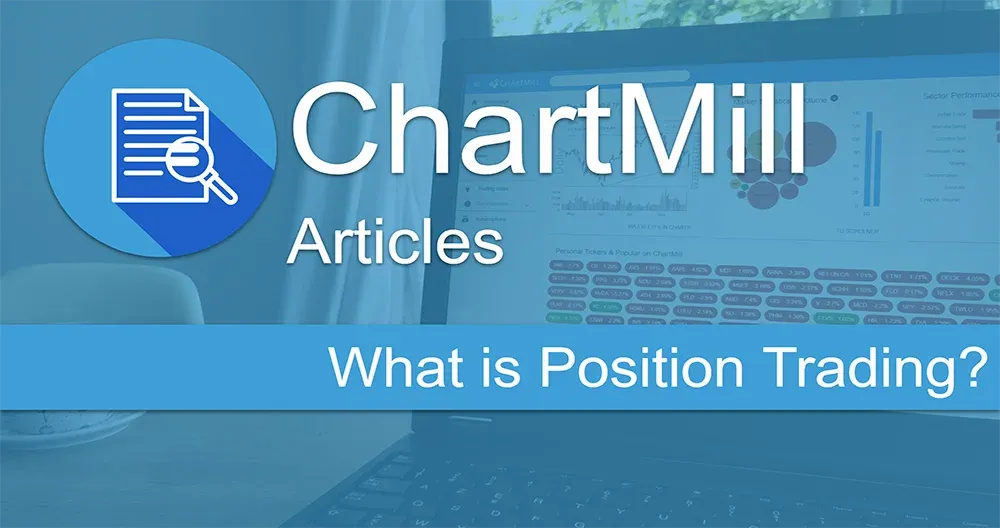
What is Position Trading?
Position traders are long-term investors. They are not concerned with the daily price fluctuations on the intraday chart.
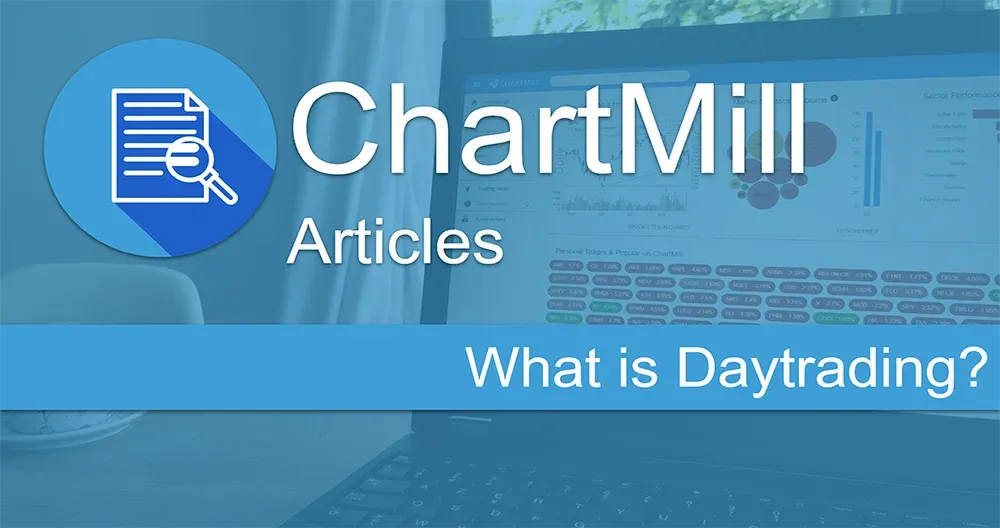
What is Day Trading?
Daytrading or Intraday trading is - as the name implies - the buying and selling of a financial product within one trading day. This is in contrast to Swing Trading and Position Trading where positions are held longer than one day.
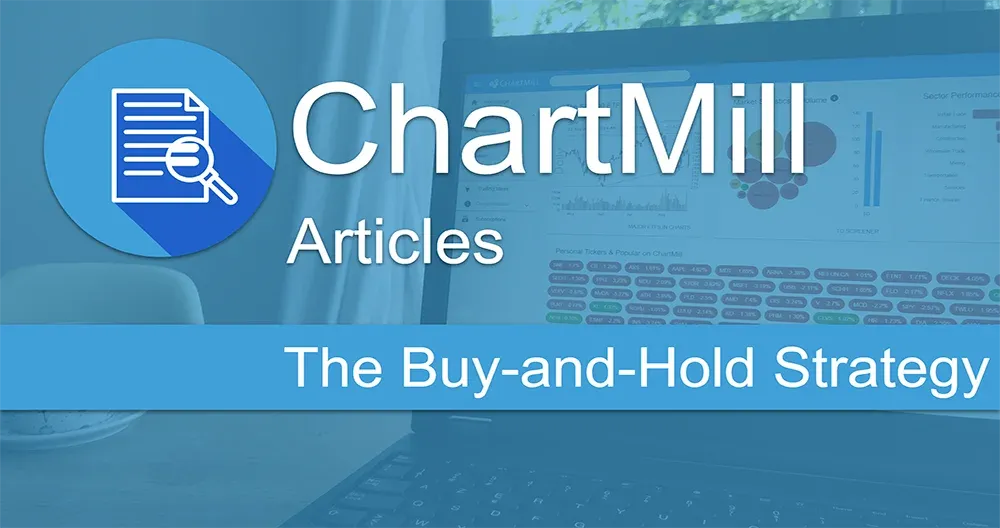
The Buy-and-Hold Strategy
Unlike daytrading and swing trading, this strategy is entirely focused on the long term. The basic principle is that shares are bought with the intention of holding them for years.

What Is a Mean Reversion Strategy? Understanding the Basics of Mean Reversion in Trading
The mean reversion strategy is based on the assumption that extremely high and low prices which have been established in a relatively short time have deviated too much from the mean price so that there is a high probability that there will be a fall back

The Breakout Trading Strategy
Explore the fundamentals of breakout trading in this informative article. Understand what breakout trading is, how to spot potential breakouts, and the key factors that make this strategy popular among traders.

What is Growth Investing?
Stocks that are expected to grow significantly faster than their sector peers and the overall market average are considered growth stocks. Investors who invest in growth stocks do so specifically because they expect the price of the stock to rise exponent
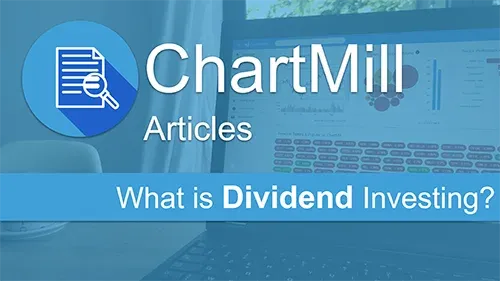
What is Dividend Investing?
Dividend investing offers recurring income coming from dividend payments and in addition there is the potential capital appreciation from the stock. Dividend payments can be paid out as income or you can choose to reinvest these dividend payments to furth
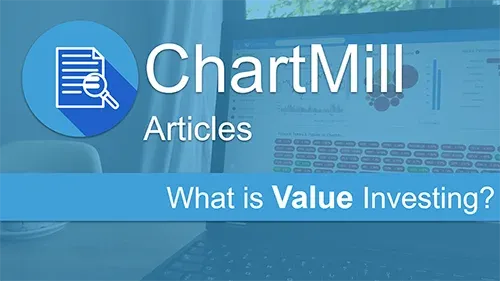
What is Value Investing?
Simply put, the value investor specifically looks for companies whose market value (stock price) is lower than their current intrinsic value.
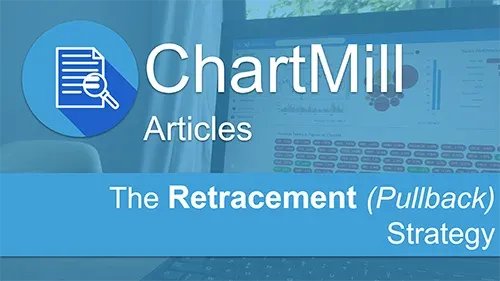
The Retracement or Pullback Strategy
A retracement strategy involves looking for stocks in a long-term rising trend whose price is experiencing a temporary dip.
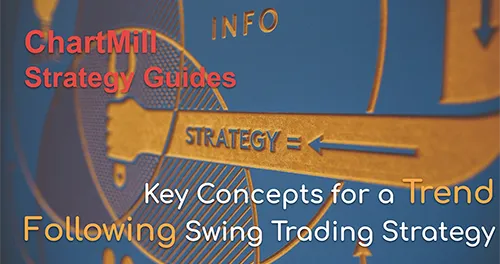
Trend Following Trading Strategy Guide
In this strategy guide we will discuss in detail all the key concepts that are important if you want to start with a trend following trading strategy.

What is Quality Investing?
Quality investors focus on companies with an excellent track record of sales and earnings growth and where profit margins remain stable.
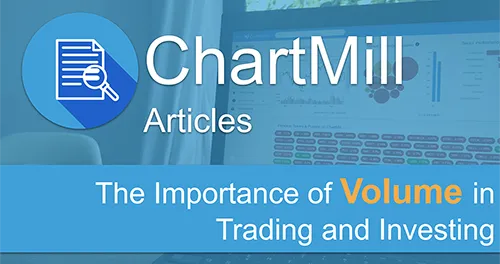
The importance of Volume in trading and investing
In this article we will deal with the concept of 'volume' in trading and investing and the way this indicator can give important indications when making buying or selling decisions.
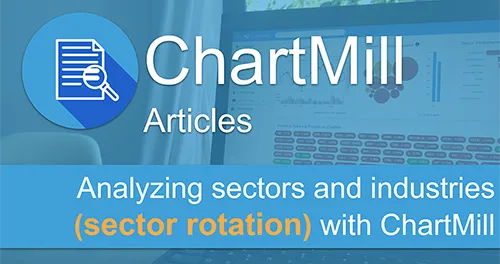
Analyzing sectors and industries in the stock market (Sector Rotation)
The concept of sector rotation in a full economic cycle is nothing new, but still too few investors use it. However, analyzing sectors and industries is a great way to become more consistent in your trading results.

The Opening Range Breakout Strategy: Unlocking Profit Potential and Market Momentum
The opening range is formed between the highest and lowest price, immediately at market opening, up to a maximum of one hour after the opening. The opening range breakout strategy involves entering a long or short position as soon as the price breaks the initial opening range up or down.

Getting started With ChartMill For Day and Swing Traders
Day and swing trading based on technical analysis are both strategies that start from pure price action movements. In this article, we will cover some basic trading ideas in ChartMill that will get you started with day and swing trading strategies.

Getting started With ChartMill For Swing and Position Traders in Growth Stocks
The basis of growth stocks is rising and accelerating sales and earnings. In this article, we will cover some basic trading ideas in ChartMill that will get you started for swing and position trading in growth stocks.

Getting started With ChartMill For Long Term Investors (Value, Quality, Growth, Dividend,...)
Long-term investing is a strategy that involves holding onto investments for an extended period, typically more than a year. This approach allows investors to capitalize on the power of compounding and navigate through market volatility. In this article, we will cover some basic trading ideas in ChartMill that will get you started with long term investing strategies.
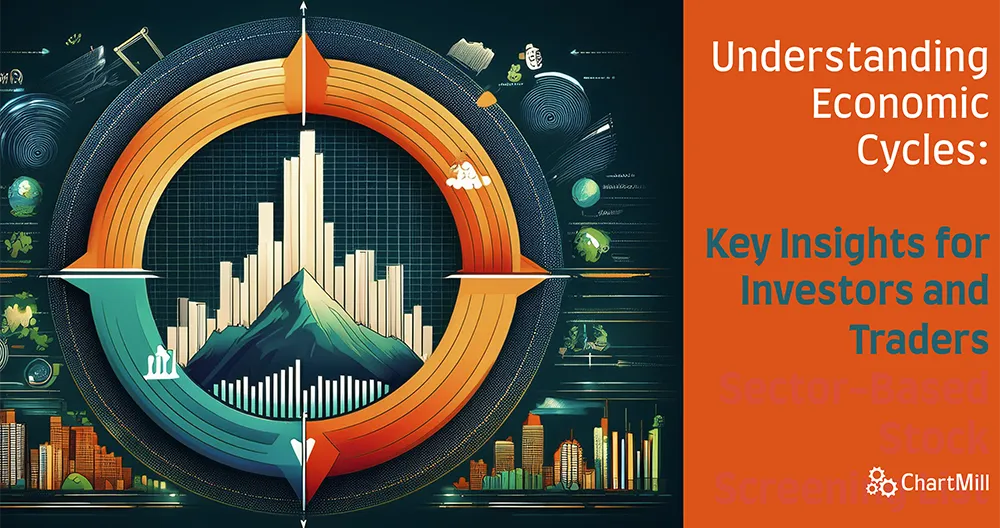
Understanding Economic Cycles: Key Insights for Investors and Traders
Discover how economic cycles impact investing and trading, with strategies for each phase: expansion, peak, contraction, and trough.
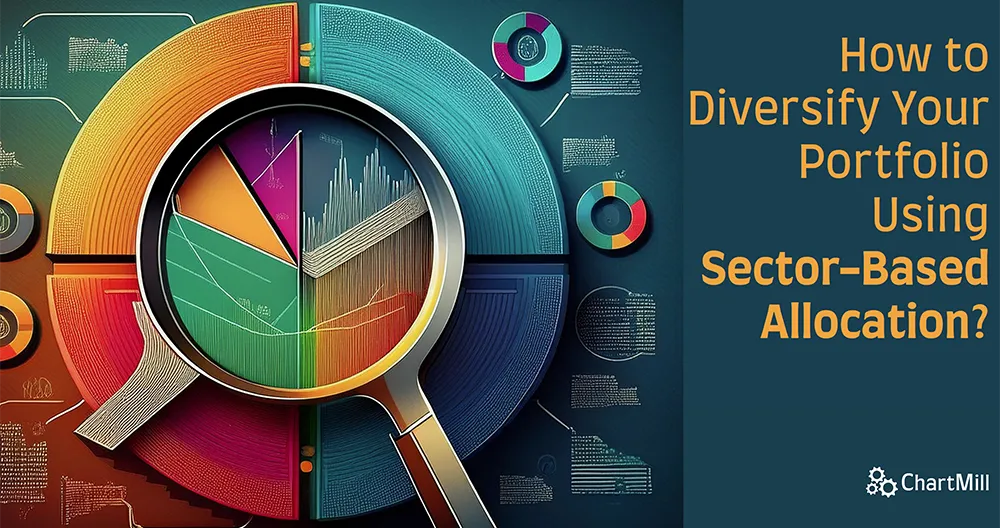
How to Diversify Your Portfolio Using Sector-Based Allocation
Sector-based Allocation is an effective strategy for achieving diversification within your portfolio by allowing you to identify and invest in stocks across various sectors of the economy.
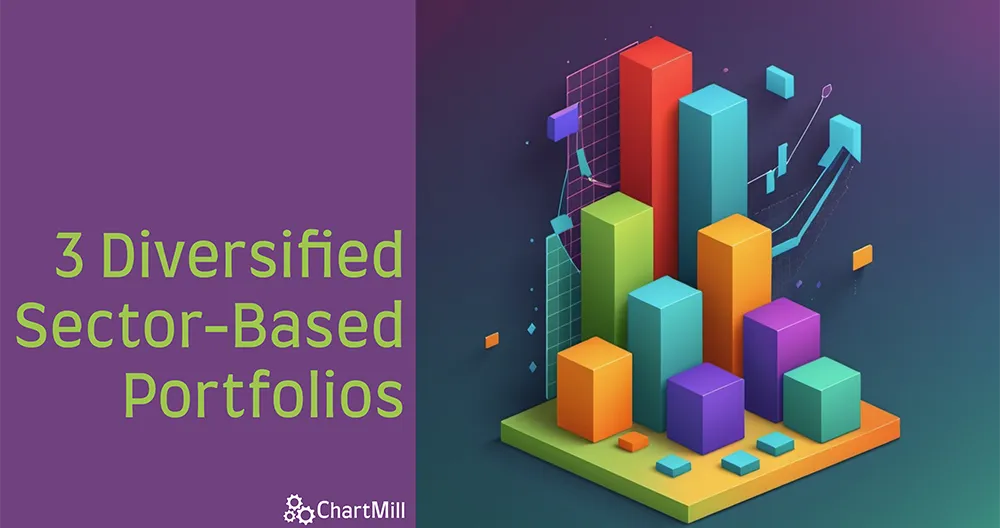
3 Diversified Sector-Based Portfolios
Below are 3 examples of diversified sector portfolios to balance desired risk and return.

Stock Market Corrections Aren’t Time to Panic - They’re Time to Prepare!
When the market takes a hit, fear and uncertainty dominate the headlines. Many traders rush to the sidelines, worried about further losses. But smart investors know that stock market corrections aren’t a time to panic - they’re a time to prepare.
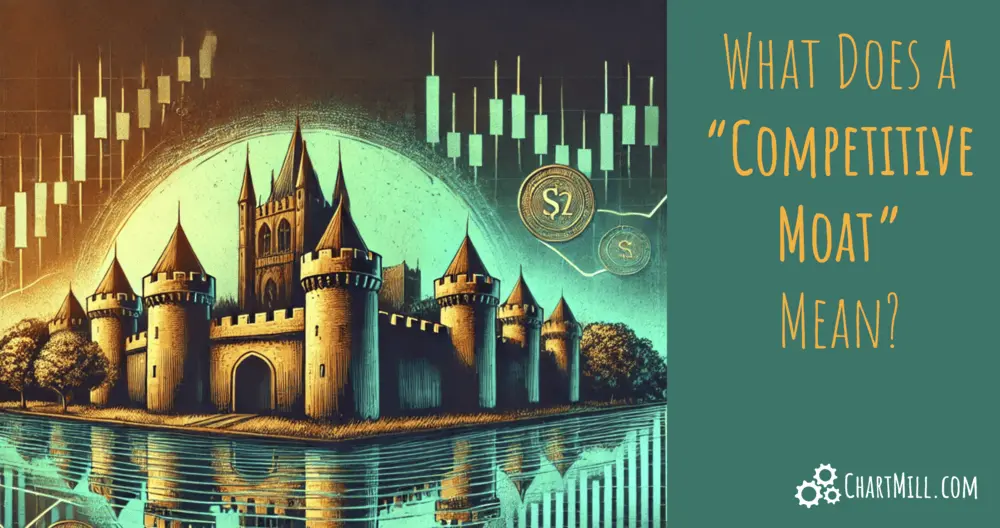
What Does a Competitive Moat Mean?
A competitive moat refers to a company’s sustainable competitive advantage, something that protects it from competitors and allows it to maintain market dominance, pricing power, and profitability over time.
Money and Risk Management

01 Start Taking Control over Your Investing and Trading, Now
The number 1 trading rule: cut your losses and let your profits run

02 Size does Matter (in the Stock Market)!
Learn why size is one of the most important variables when trading.

03 On What We Invest and What We Risk
What you risk is not the same as what you invest

04 Bet The Farm
Be aware of diversification

05 A Take On Tesla
Tesla as an example trade

06 How To Spot Good Investment Advice
Learn how to recognize winners and losers

Reduce loss, maximize profits
Using the stop loss indicators in ChartMill

General Trading Tips & FAQ
Some general pointers on trading, setups, position sizing and money management.

What is Short Selling
Short Selling is selling shares you don't own with the intend to buy them back at a lower price to make profit from a decline.
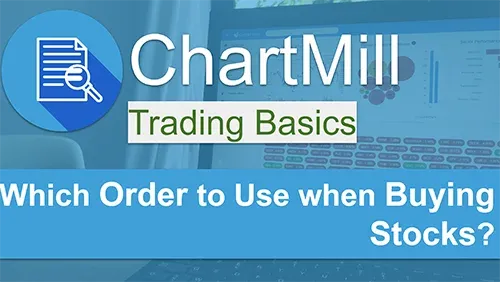
Which Order to Use when Buying Shares?
A "stoploss order" will ring a bell with most investors, the majority will answer that such orders are used to limit the loss on a position or to protect accumulated profits. Correct. But do you also know the Sell Stop or Buy Stop order? This is a much

Trailing Stop Loss: Safeguarding Your Investments While Maximizing Winners!
A trailing stop loss is used to protect profits. This stop evolves with the price if it moves in the desired direction. As a result, a larger portion of the accumulated profit is being protected. The stop can only rise, never fall.
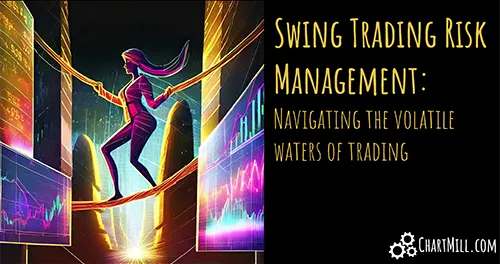
Swing Trading Risk Management: Navigating the volatile waters of trading
In this article, we highlight some decent swing trading risk management practices to minimize your risk, so that your trading capital enjoys maximum protection.

Mastering Market Dynamics: The Benefits of Progressive Exposure
Progressive exposure is a dynamic risk management technique that allows you to take full advantage when market conditions are optimal.
Publications

TRADERS - Chartmill (fka Monest) Channels
An in depth reading on ChartMill Channels

TRADERS - Value in Time (book review)
A review of Value In Time by Pascal Willain

TRADERS - Chartmill website review
A review of the initial version of the www,chartmill.com website

TRADERS - Be(a)ware of diversification (part 1)
Is diversification the holy grail? Maybe not.

TRADERS - Chartmill Bull and Bear Indicator (Part 3)
An in depth discussion on the ChartMill Bull and Bear Indicators.

TRADERS - Chartmill Bull and Bear Indicator (Part 2)
An in depth discussion on the ChartMill Bull and Bear Indicators.

TRADERS – Chartmill Bull and Bear Indicator (Part 1)
n in depth discussion on the ChartMill Bull and Bear Indicators.

TRADERS – Be(a)ware of diversification (part 2)
Is diversification the holy grail? Maybe not (part 2)

TRADERS - Tsunami Setups
Tsunami Setups or Squeeze Play Setups can lead to great breakouts

TRADERS - Flat Liners Breaking Out
Weinstein’s phase model superposed with a quantified system dynamics model

TRADERS - Sizing Positions - Part 1
Position Sizing is the single most important aspect in trading and is what will make you profitable or not.

TRADERS - Sizing Positions - Part 2
Position Sizing is the single most important aspect in trading and is what will make you profitable or not.

TRADERS - Sizing Positions - Part 3
Position Sizing is the single most important aspect in trading and is what will make you profitable or not.
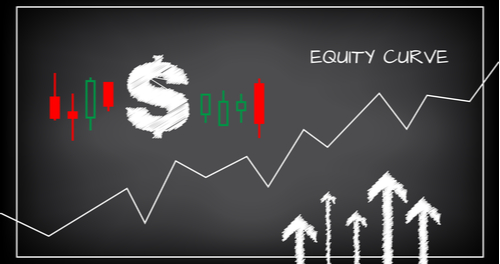
TRADERS - Equity Curve Control - Part 1
Learn how to evaluate and control your performance.
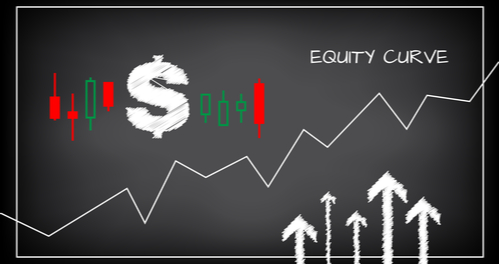
TRADERS - Equity Curve Control - Part 2
Learn how to evaluate and control your performance. (part 2)
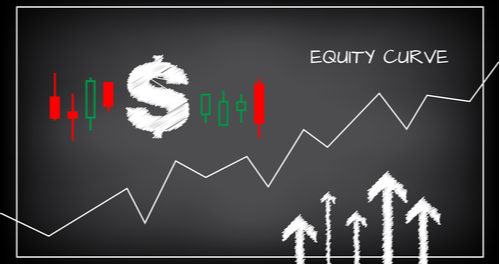
TRADERS - Equity Curve Control - Part 3
Learn how to evaluate and control your performance. (part 3)
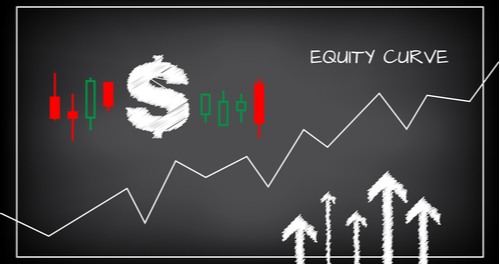
TRADERS - Equity Curve Control - Part 4
Learn how to evaluate and control your performance. (part 4)

TRADERS - Less is More (part 02)
More return with less risk (part 2)

TRADERS - Less is more (part 01)
More return with less risk

TRADERS - Portfolio metrics
On risk management and position sizing

TRADERS - Market Dynamics (part 1)
Physics laws on the stocks market

TRADERS – Market Dynamics (part 2)
Physics laws on the stocks market (part 2)

TRADERS - Effective Volume: A Better Accumulation and Distribution Measure
A more in depth description of the Effective Volume indicator which measures accumulation and distribution by large players

TRADERS – The ChartMill Value Indicator
An in depth treatment of the ChartMill Value Indicator.

Stocks & Commodities - various publications
An overview of articles published in Stocks & Commodities Magazine